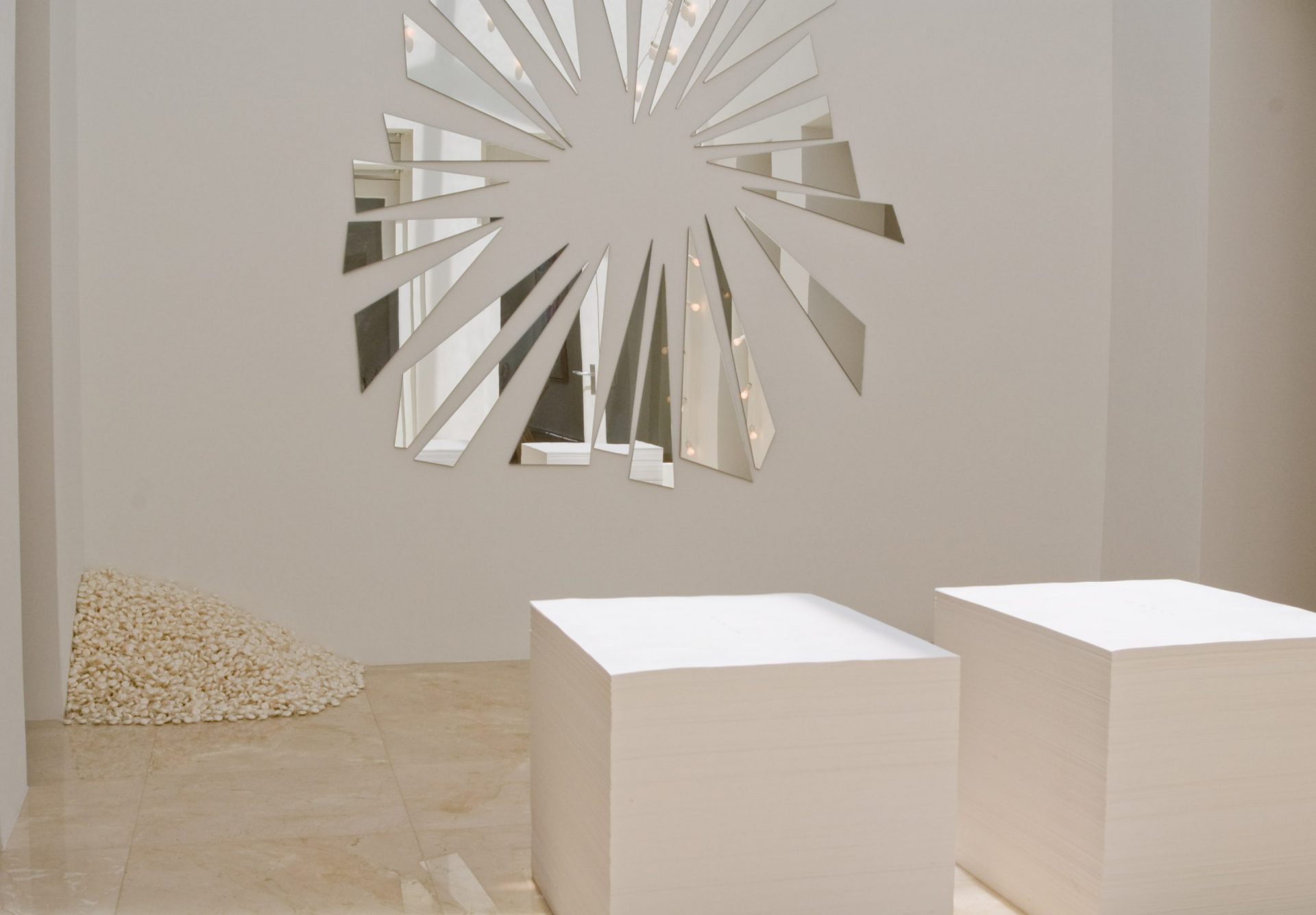Letters to the Editor of Miami New Times – August 28, 2003
But not quite as strange as the article explaining it: When I read Onajide Shabaka’s recent article titled “Black Art? Where?” (August 14), I agreed with it at first. Then I began to actually digest what was being said. Shabaka says that galleries in Miami are not interested in the work of established African-American artists. Then he immediately backtracks by saying that it is as much the “artists’ lack of interest as the galleries’ lack of attention.” This seems preposterous to me and I would like to know which gallerists claimed to have no interest in this work. If it is the artists’ lack of interest, then what is the point of the article?
Shabaka accuses many African-American artists of being unprofessional: “Many African-American artists don’t realize the level of professionalism that is now part of a career in art: formal education, quality slides, résumé, presentable portfolio.” I find this statement unfounded and absolutely insulting. Is he telling me Kerry James Marshall (who was shown at MAM) is somehow less prepared than other artists? I’ve taught at many art schools here in Miami and have not found a single instance of black students being less prepared or professional than other students. This attitude is totally patronizing.
I don’t know where Shabaka has been lately, but Purvis Young is huge in Miami. The Rubell Collection owns a large number of his paintings. He’s had solo shows at Fred Snitzer‘s gallery and the Fort Lauderdale Museum of Art. What more does he need to be respected?
Then Shabaka gives us a history lesson that totally omits the Harlem Renaissance and anything that happened in South Florida. The point of this apparently was to bring us (somehow) to five pertinent questions: Why does this matter? What is “black” art anyhow? Can Euro-American artists create “black” work? Should just being “black” be a ticket to getting a show? Is it even important that the work is “black” in the first place?
Well, Shabaka only vaguely answers one of these questions by saying that having a “black” show “…means that black artists have become ghettoized.” (Is that even a word?) So is his article doing the same?
After regaling us with another pedantic session about the free-market economy within the art world, Shabaka asserts that the reason there are no established black artists in Miami is a “lack of qualified African-American curators and art historians in our area.” Is Shabaka saying that only they can promote ethnically diverse views? Am I wrong in saying that this is a derisive statement? I know many talented artists of African descent, some in Miami and some elsewhere. Regardless if they are American-born, Haitian-born, European, or Latin, artwork of African origins is clearly alive in Miami! That many are shown in the “Latin” galleries does not make them less entitled to their African heritage. To separate them regionally makes even less sense as Miami’s community of African descent is diverse in its very nature.
At the beginning of the essay, Shabaka says he is talking about “established black artists,” yet his article seems more directed to finding unknown black talent. Which is it? I’m surprised New Times would publish such an irresponsible and amateurish article.
Miami
In fact I’m back up and running: In a credit line at the end of my article “Black Art? Where?” in the August 14 issue, I was described as the “former editor” of the Website www.miamiartexchange.com. This is just a note to let you know that I am still the editor. The site has been relaunched under my leadership and management as of July 15, 2003.
Onajide Shabaka
Hallandale
